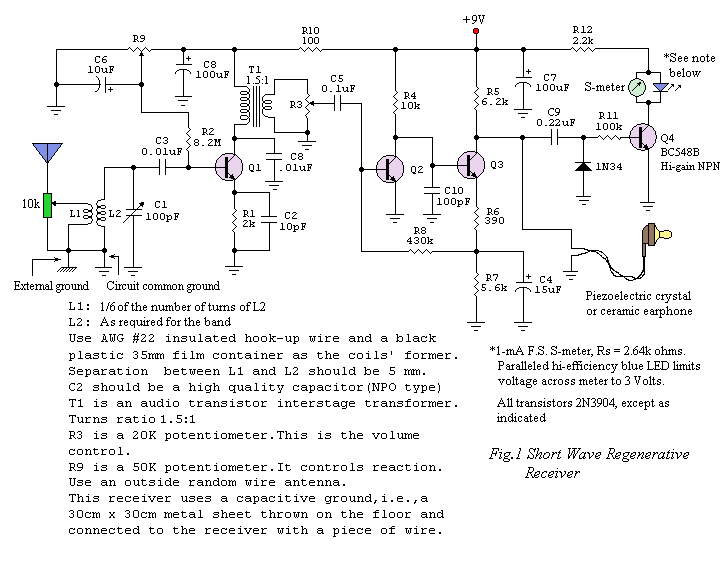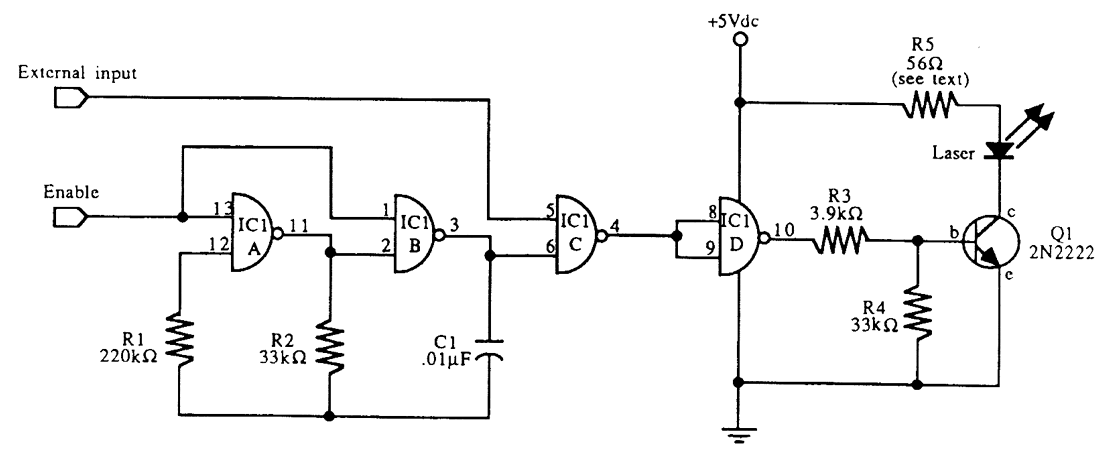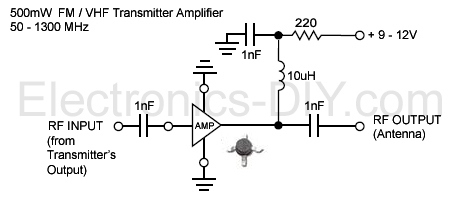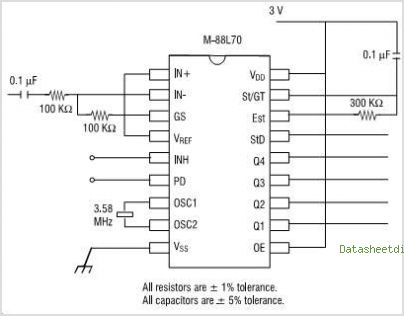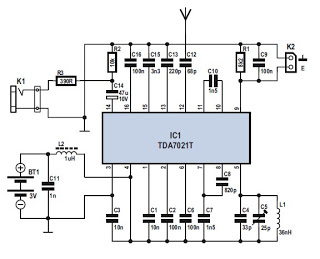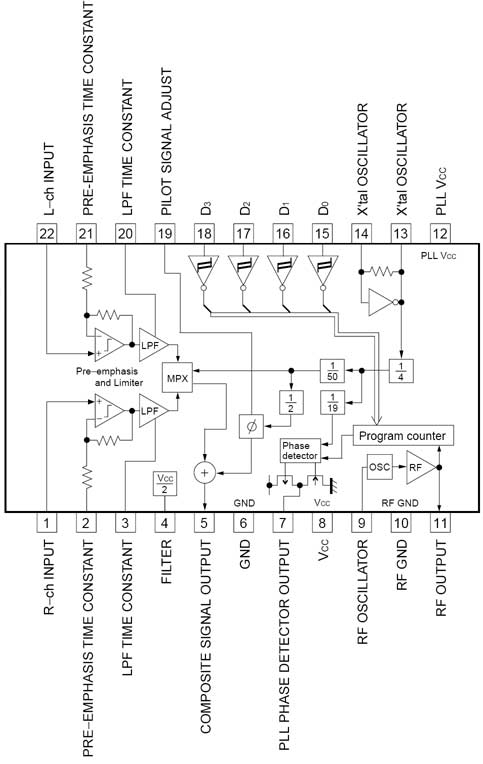
ir music transmitter and receiver
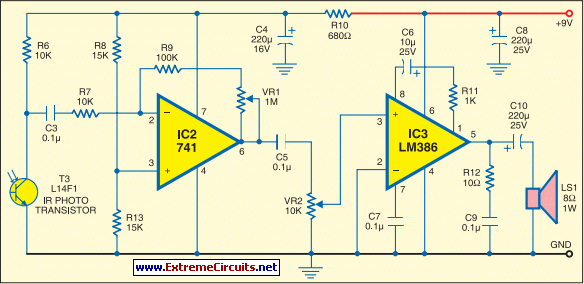
This circuit enables the generation of audio musical notes that can be heard from a distance of up to 10 meters. It consists of two main components: an infrared (IR) music transmitter and an IR music receiver. The IR music transmitter operates on a 9V battery, while the IR music receiver functions with a regulated power supply ranging from 9V to 12V. The first diagram illustrates the circuit design of the IR music transmitter, which employs the widely used melody generator IC UM66 (IC1) to continuously produce musical tones.
The IR music transmitter circuit is designed to generate audio signals that can be transmitted wirelessly through infrared light. The key component, the UM66 melody generator IC, is capable of producing a variety of musical notes and melodies. It is configured to operate with a 9V battery, providing the necessary power to drive the circuit. The output from the UM66 is typically connected to an IR LED, which converts the electrical signals into infrared light. This light can be modulated to represent the audio signals, allowing for wireless transmission of sound.
The IR music receiver is designed to capture the infrared signals emitted by the transmitter. It typically includes a photodiode or phototransistor that detects the IR light and converts it back into an electrical signal. This signal is then amplified and processed to reproduce the original audio tones generated by the transmitter. The receiver circuit is powered by a regulated supply, ensuring stable operation and preventing fluctuations that could affect audio quality.
Overall, the combination of the IR music transmitter and receiver allows for a simple yet effective method of transmitting audio wirelessly. The use of the UM66 IC in the transmitter simplifies the generation of musical notes, making this circuit an excellent choice for various applications, including remote-controlled musical devices and educational projects in electronics.Using this circuit, audio musical notes can be generated and heard up to a distance of 10 metres. The circuit can be divided into two parts: IR music transmitter and receiver. The IR music transmitter works off a 9V battery, while the IR music receiver works off regulated 9V to 12V. First diagram shows the circuit of the IR music transmitter. It uses popular melody generator IC UM66 (IC1) that can continuously generate musical tones.. 🔗 External reference
The IR music transmitter circuit is designed to generate audio signals that can be transmitted wirelessly through infrared light. The key component, the UM66 melody generator IC, is capable of producing a variety of musical notes and melodies. It is configured to operate with a 9V battery, providing the necessary power to drive the circuit. The output from the UM66 is typically connected to an IR LED, which converts the electrical signals into infrared light. This light can be modulated to represent the audio signals, allowing for wireless transmission of sound.
The IR music receiver is designed to capture the infrared signals emitted by the transmitter. It typically includes a photodiode or phototransistor that detects the IR light and converts it back into an electrical signal. This signal is then amplified and processed to reproduce the original audio tones generated by the transmitter. The receiver circuit is powered by a regulated supply, ensuring stable operation and preventing fluctuations that could affect audio quality.
Overall, the combination of the IR music transmitter and receiver allows for a simple yet effective method of transmitting audio wirelessly. The use of the UM66 IC in the transmitter simplifies the generation of musical notes, making this circuit an excellent choice for various applications, including remote-controlled musical devices and educational projects in electronics.Using this circuit, audio musical notes can be generated and heard up to a distance of 10 metres. The circuit can be divided into two parts: IR music transmitter and receiver. The IR music transmitter works off a 9V battery, while the IR music receiver works off regulated 9V to 12V. First diagram shows the circuit of the IR music transmitter. It uses popular melody generator IC UM66 (IC1) that can continuously generate musical tones.. 🔗 External reference
